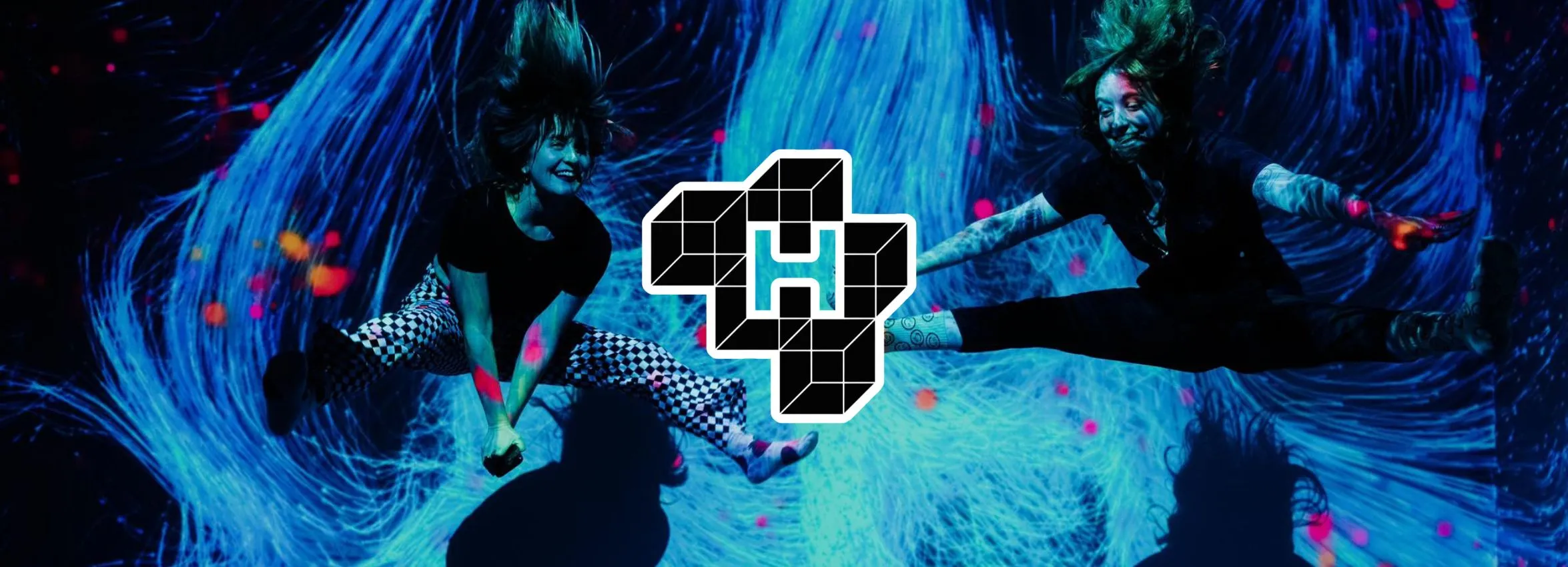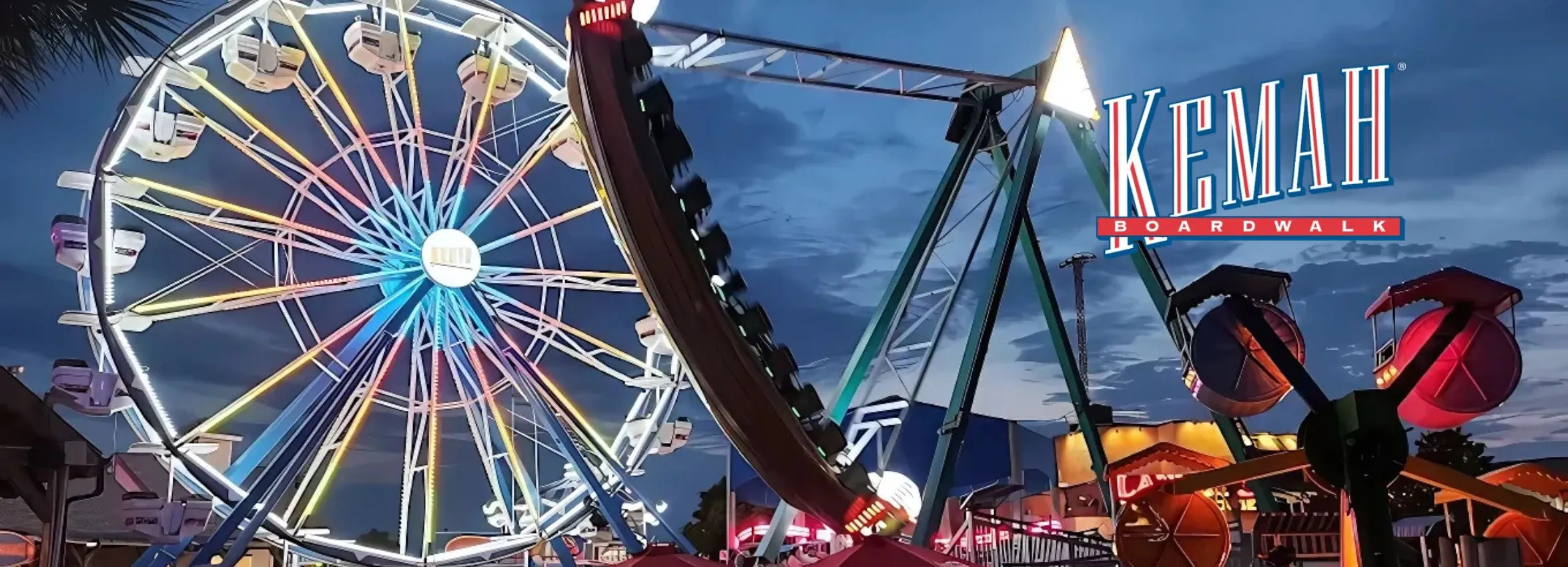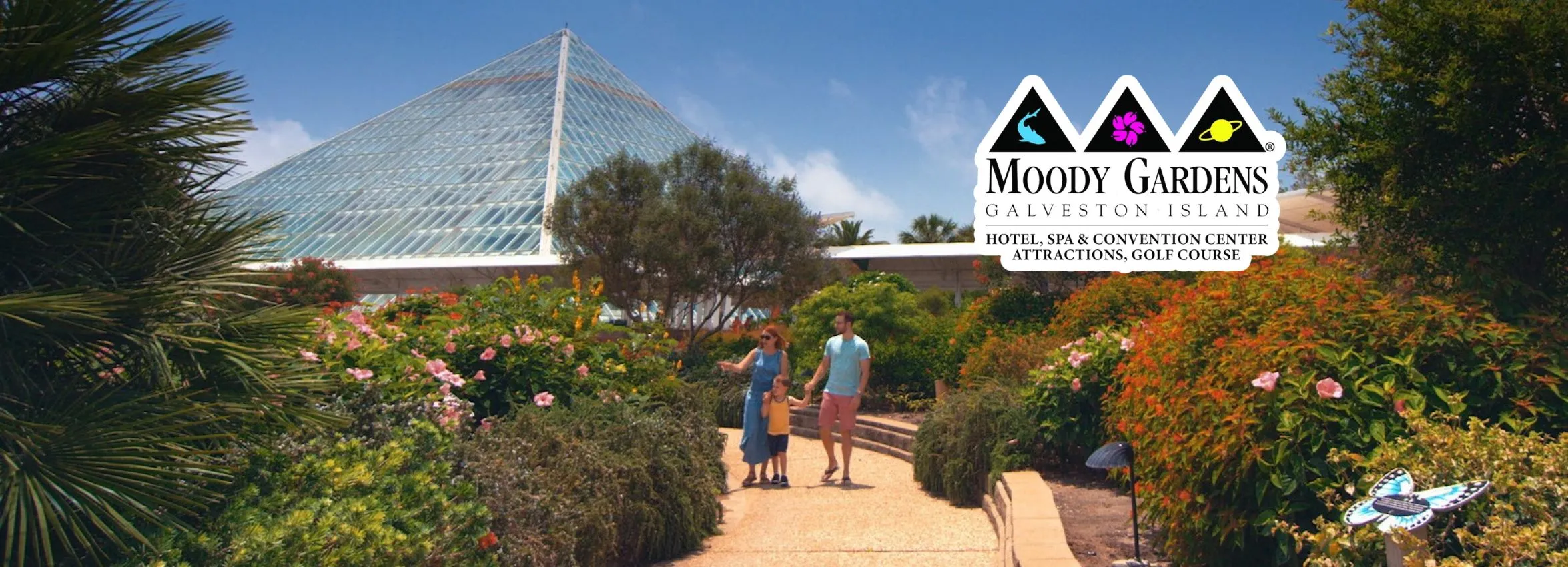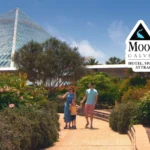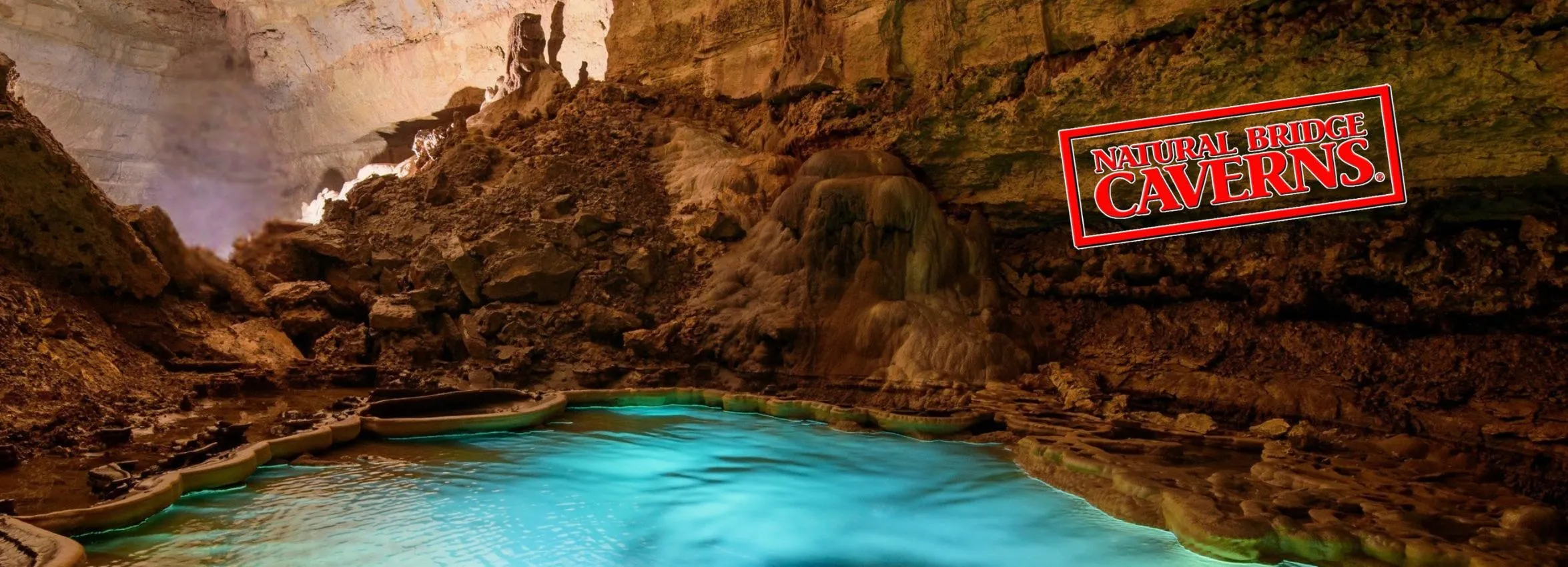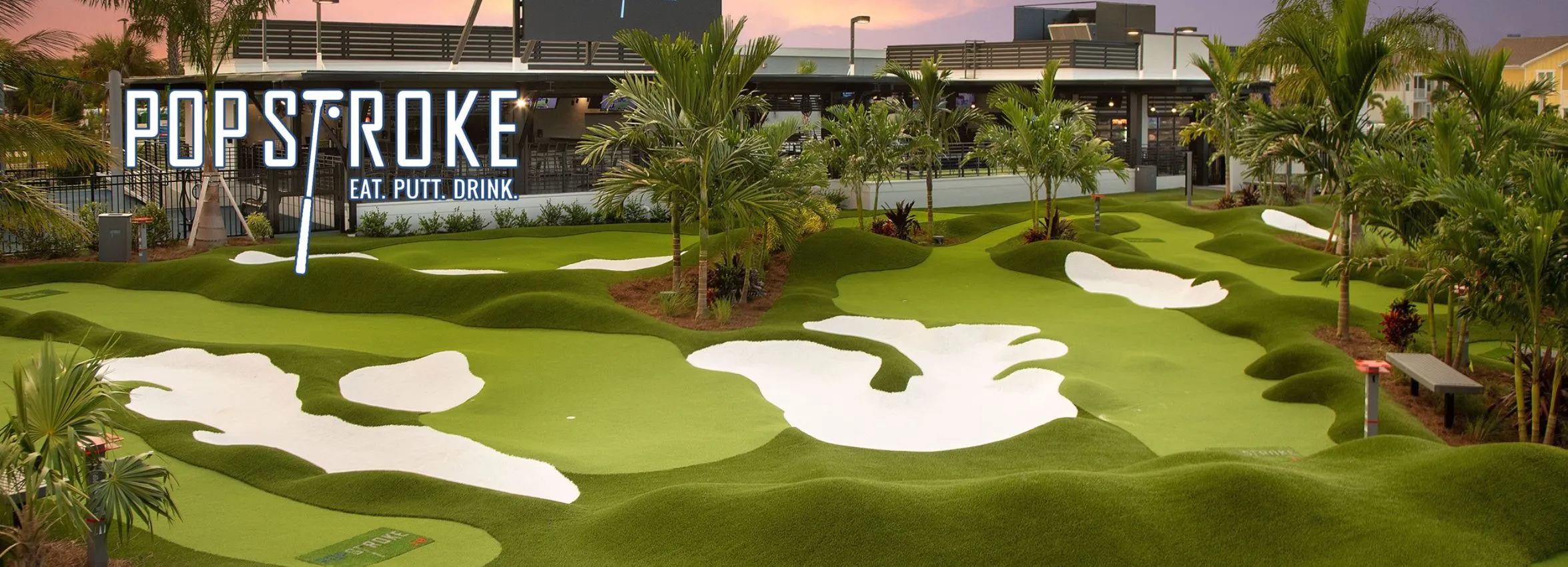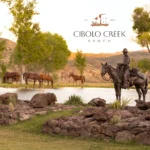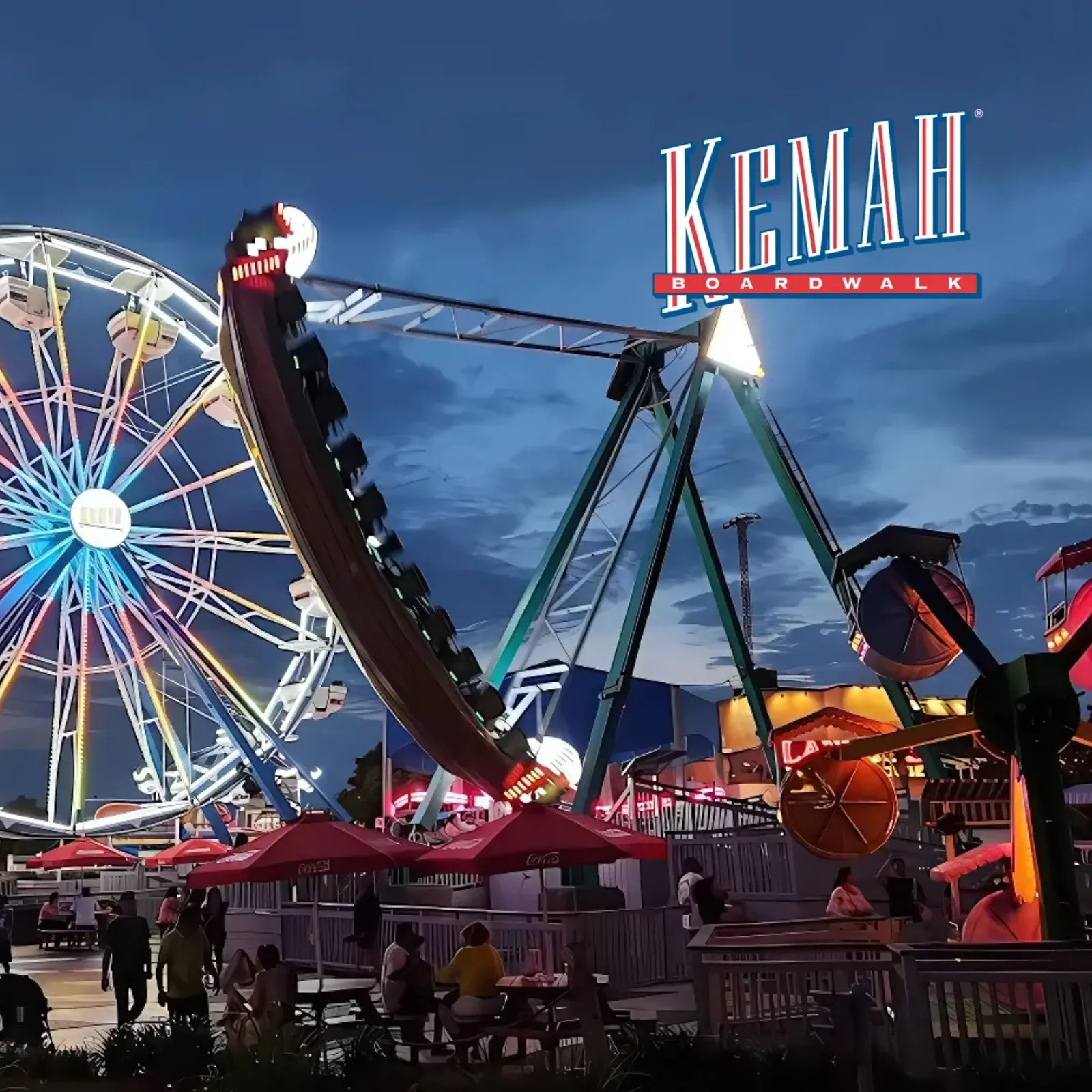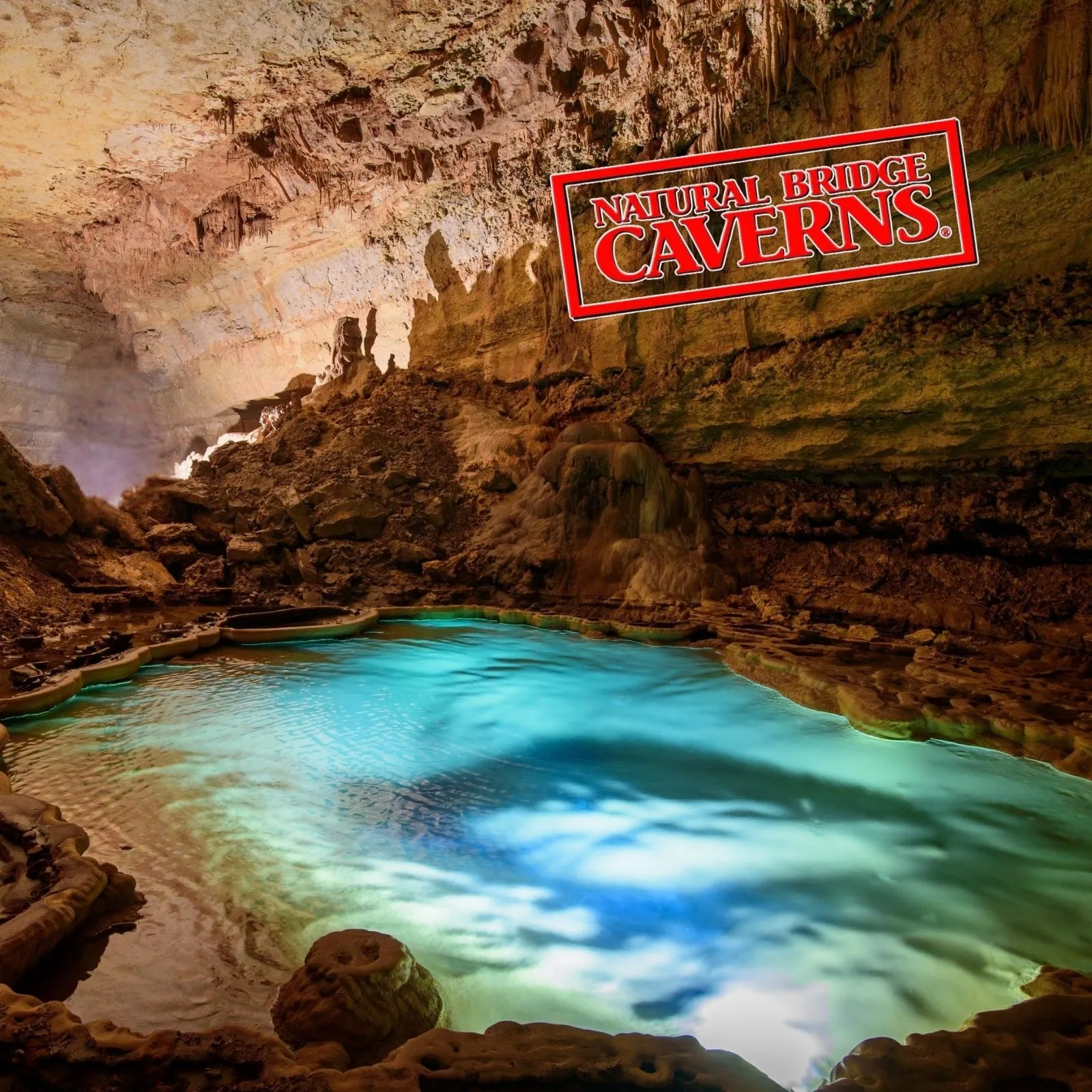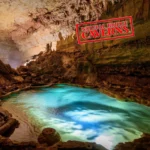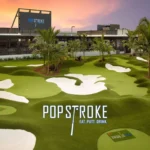The Ultimate Hawaii History Trail: Top Museums, Missions & Historic Towns (Currently Open)
Hawaiʻi’s story isn’t kept behind velvet ropes—it’s alive on oceanfront palace lanais, in stone heiau that face the trades, along sugar-era streets still humming with local shops, and in museums where mele (song), kapa, and artifacts speak for generations. If you’re chasing the best places to learn Hawaii history, this curated trail stitches together currently open museums, missions, palaces, national historical parks, and heritage towns across Oʻahu, Kauaʻi, Maui, Lānaʻi, and the Island of Hawaiʻi. Use it to build an itinerary that’s as enriching as it is beautiful.
How to Use This Trail
Think of this as an island-hopping syllabus. Begin with royal history and kingdom politics in Honolulu, add mission and plantation perspectives on Kauaʻi, dive into navigation and astronomy in Hilo, walk coastline fishponds and heiau in Kona and Kohala, and round it out with cowboy (paniolo) and plantation towns on Maui and Lānaʻi. Everything included below is operating now (always check same-day hours), and each stop is chosen for signature experiences, cultural depth, and traveler accessibility.
ʻIolani Palace (Honolulu, Oʻahu) — The Beating Heart of the Hawaiian Kingdom
Why go: The only official royal palace on U.S. soil, ʻIolani Palace brings the Hawaiian Kingdom era vividly to life—politically, artistically, and emotionally. Inside, intricate koa woodwork, European and Hawaiian furnishings, and aliʻi portraits frame the story of King Kalākaua, Queen Kapiʻolani, and Queen Liliʻuokalani.
Good to know now: The palace is open Tuesday–Saturday, typically 9 a.m.–4 p.m. with a mix of docent-led and self-guided audio tours; the ticket office and shop have matching operating windows. Always confirm your preferred tour type and time before heading down.
Don’t miss:
The Throne Room and Blue Room—stages for royal diplomacy.
Special-topic tours (fashion, Chamberlain’s archives) that unpack details you’ll miss on a quick lap.
Kamaʻāina Sundays (select dates) for community programming and extra access.
Family-friendly? Yes—audio tours are easy, and shady lawns give kids a breather between galleries.
Bishop Museum (Honolulu, Oʻahu) — State Museum of Natural & Cultural History
Why go: Founded in 1889 to honor Princess Bernice Pauahi Bishop, Bishop Museum houses the state’s richest collections: voyaging canoes, featherwork cloaks, kapa, and rotating science exhibits. It’s the anchor for understanding Polynesian migration, Hawaiian lifeways, and the living language of the islands.
Good to know now: The museum lists daily opening hours around 9 a.m.–5 p.m., with timed admission blocks and last entry guiding your day; check morning availability if you’re pairing with downtown sites. Bishop Museum+1
Don’t miss:
Hawaiian Hall—a masterclass in material culture.
The Planetarium (select programs) and kid-friendly science wings.
Tip: Go early, then walk or rideshare to a late-morning ʻIolani Palace tour. The pairing delivers a one-two of culture + monarchy in a single day.
Hawaiian Mission Houses Historic Site & Archives (Honolulu, Oʻahu)
Why go: The wood-frame houses and print shop at Hawaiian Mission Houses tell a complex 19th-century story: literacy, printing in ʻŌlelo Hawaiʻi, shifts in religion, diplomacy, and daily life. It’s essential context for understanding the Kingdom’s rapid social change.
Good to know now: Guided house tours run Tuesday–Saturday at set times, with self-guided access to Chamberlain House windows; the gift shop aligns with those hours. Reservations are recommended for popular slots.
Look for: Early printing equipment and domestic rooms that humanize abstract history for kids and teens.
Pearl Harbor Historic Sites (Honolulu, Oʻahu) — A Living Military Archive
Why go: The harbor is a campus of pivotal WWII sites, each with a different lens: Battleship Missouri Memorial (where WWII ended), Pacific Fleet Submarine Museum (USS Bowfin), Pearl Harbor Aviation Museum, and the USS Arizona Memorial (managed by the National Park Service).
Good to know now (hours evolve seasonally):
USS Missouri: Open daily 8 a.m.–4 p.m.; last entry about 3 p.m. Allow 1.5–2 hours for the main tour and deck exploration.
Pacific Fleet Submarine Museum (USS Bowfin): Open daily generally 7 a.m.–5 p.m., last sub entry 4:30 p.m.
Pearl Harbor Aviation Museum: Open daily 9 a.m.–5 p.m. on historic Ford Island.
USS Arizona Memorial (NPS): Visitor center typically 7 a.m.–5 p.m. (boat tickets released via Recreation.gov).
Plan like a pro: The “Passport to Pearl Harbor” bundles admission for multiple sites and saves time. Budget at least a half day (a full day if you want the most depth).
Huliheʻe Palace (Kailua-Kona, Island of Hawaiʻi) — Seaside Royal Residence
Why go: Built in 1838, Huliheʻe Palace faces the gentle waters of Kailua Bay and once hosted King Kalākaua, Queen Kapiʻolani, and other aliʻi during seaside retreats. Today it’s a house museum curated by the Daughters of Hawaiʻi, filled with royal regalia and heirlooms.
Good to know now: The site runs a blend of self-guided and docent-guided tours, with self-guided access commonly Wednesday–Saturday starting at 10 a.m. Always check the live calendar before you go.
Extra touch: “Afternoon at Huliheʻe Palace” brings hula to the lawn on select Sundays—an easy local favorite.
Mokuaikaua Church (Kailua-Kona) — Hawaiʻi’s First Christian Church
Why go: A short stroll from Huliheʻe, Mokuaikaua Church (established 1820) represents the earliest chapter of Christianity in Hawaiʻi. Beyond architecture, you’re standing at a crossroads of diplomacy, language, and law.
Good to know now: The church hosts Sunday services at 10 a.m., community events, and restoration updates; recent notes have celebrated sanctuary reopenings following preservation work. If you want to step inside, Sunday mornings are the most reliable time.
Travel pairing: Do Huliheʻe first, break for lunch on Aliʻi Drive, and return for a community service or quiet self-tour of the grounds.
Puʻuhonua o Hōnaunau National Historical Park (Hōnaunau, Island of Hawaiʻi)
Why go: A place of refuge and reconciliation, Puʻuhonua o Hōnaunau preserves sacred grounds, royal compounds, massive kiʻi (carved images), and a stone shoreline that magnifies every swell. Few places on earth blend natural drama with cultural meaning so gracefully.
Good to know now: The gates open daily from about 8:15 a.m. to sunset, with a visitor center generally open mid-day for stamps, exhibits, and Junior Ranger materials.
What to do:
Walk the Royal Grounds loop.
Linger quietly at the Puʻuhonua—this is still a sacred space.
Save time (and water) for the 1871 coastal trail if weather allows.
Puʻukoholā Heiau National Historic Site (Kawaihae, Island of Hawaiʻi)
Why go: Built under Kamehameha I, Puʻukoholā Heiau was key to unification of the islands. The scale of this luakini heiau—raised without mortar—still astonishes.
Good to know now: The site is open daily, with posted hour updates that shifted in October 2025 (visitor center/parking close earlier). Check the NPS page for the latest window before sunset photography.
Insider angle: Bring binoculars; winter months sometimes yield whale spouts just offshore.
Kaloko-Honokōhau National Historical Park (Kailua-Kona, Island of Hawaiʻi)
Why go: Cultural landscapes meet coastal ecology here—fishponds and loko iʻa walls, petroglyph fields, honu (sea turtles), and salt-and-lava trails.
Good to know now: The visitor center (Hale Hoʻokipa) and parking areas are open daily (approx. 8:30 a.m.–4:00 p.m.); plan to start early for cooler walks to the shore.
Respect the place: These are active cultural sites and wildlife habitats—keep distance from honu and stay off fragile rock walls.
Lyman Museum & Mission House (Hilo, Island of Hawaiʻi)
Why go: Affiliated with the Smithsonian, Lyman Museum pairs a mission house with galleries on geology, volcanoes, and island biodiversity—perfect for families who want a blend of culture and science in one stop.
Good to know now: The museum is open weekdays with timed sessions; the mission house offers small guided tours multiple times daily. Check the posted session windows the morning you visit.
Make it a day: Combine with Hilo’s historic district (below) and a late-afternoon stop at ‘Imiloa.
ʻImiloa Astronomy Center (Hilo, Island of Hawaiʻi)
Why go: ʻImiloa connects Polynesian wayfinding and modern astronomy on Maunakea with hands-on exhibits and planetarium shows. It’s a bridge between ancestral knowledge and contemporary science, and a great way to help kids “see” navigation and the night sky anew.
Good to know now: Open Tuesday–Sunday, generally 9:00 a.m.–4:30 p.m., with posted admission tiers and daily planetarium programs.
Tip for families: Book a show first, then explore the exhibits so your kids have context for what they just saw.
Historic Downtown Hilo (Hilo, Island of Hawaiʻi)
Why go: Wooden storefronts, the Hilo Farmers Market, small museums, and murals tell the story of immigration, tsunamis, and commerce. Hilo is a living textbook of resilience.
Good to know now: A self-guided walking tour outlines 20-plus historic stops. Download or pick up a map and go at your own pace.
What to look for: Lava-stone architecture, theater marquees, and plaques that thread the town’s multiethnic history.
Kauaʻi Museum (Līhuʻe, Kauaʻi)
Why go: Kauaʻi Museum holds royal portraits, plantation-era exhibits, and Niʻihau shell artistry—anchoring the island’s story from ancient settlement to modern community life.
Good to know now: The museum posts current hours and docent tours (often M/W/F at 10 a.m.). Drop by early, then spend the afternoon on the South Shore or in Hanapēpē.
Pro tip: Ask about Niʻihau shells and the craft lineages behind them.
Grove Farm Homestead Museum (Līhuʻe, Kauaʻi)
Why go: A preserved sugar plantation homestead with original furnishings and outbuildings, Grove Farm offers an immersive two-hour tour through the island’s plantation past—technology, labor, and multicultural communities included.
Good to know now: Guided tours by reservation only, typically in small groups, with suggested donation or posted admission. Book a couple of weeks ahead when possible.
Pairing: Visit Grove Farm in the morning, then head to Kōloa and Poʻipū for the Kōloa Heritage Trail and coastal sites.
Waiʻoli Mission House & Waiʻoli Huiʻia Church (Hanalei, Kauaʻi)
Why go: In the lush Hanalei Valley, Waiʻoli Mission House (1837) preserves Kauaʻi’s early mission story right next to the green-shingled Waiʻoli Huiʻia Church.
Good to know now: Tours are typically offered on Tuesdays, Thursdays, and Saturdays during posted hours and may require reservations; hours can vary, so call ahead—especially on Saturdays.
Traveler note: Combine with Hanalei Pier and valley overlooks for a full North Shore day.
Old Kōloa Town (Kōloa, Kauaʻi)
Why go: The birthplace of Hawaiʻi’s commercial sugar industry (1835), Old Kōloa Town is a cluster of plantation-era storefronts that now house galleries, food spots, and local boutiques—great for stretching your legs between heritage stops.
Good to know now: The town maintains an active shop directory and hosts ongoing small events; most businesses keep daytime hours, with some open into the evening.
Nearby: Walk segments of the Kōloa Heritage Trail to layer on landscape and archaeology.
Hanapēpē Historic Town & Friday Night Art Night (Kauaʻi)
Why go: With wooden bridges and a proud “biggest little town” vibe, Hanapēpē is pure storytelling. On Friday nights, galleries open, musicians play, and food vendors line the street.
Good to know now: Art Night runs Fridays (typically 5–8 p.m.); the town and association maintain current announcements. Expect a mellow scene with local crafts and longtime shops.
Hale Hōʻikeʻike at the Bailey House (Wailuku, Maui)
Why go: Operated by the Maui Historical Society, this small but mighty museum preserves Maui’s aliʻi history, missionary period, and fine arts—on grounds once associated with Kahekili and early mission education.
Good to know now: As of 2025, the museum is open mid-week (Tues–Fri) with limited daytime hours; verify the week’s schedule before you go. Context note: If you’re missing Lahaina’s historic district during its long recovery, Wailuku + Bailey House provide a thoughtful alternative for Maui history.
Historic Makawao Town (Upcountry Maui)
Why go: Once a paniolo hub, Makawao blends cowboy heritage with today’s artist studios and indie boutiques. It’s history-meets-creative-renaissance, plus cooler Upcountry air.
Good to know now: Shops and small markets keep variable hours; Wednesdays and weekends tend to be lively. Plan brunch, hunt down a famous cream puff, and stroll galleries on Makawao Avenue.
Lānaʻi Culture & Heritage Center (Lānaʻi City, Lānaʻi)
Why go: Inside the old Dole Administration Building, Lānaʻi Culture & Heritage Center bottlenecks a century of island transformation—from traditional settlement to ranching and pineapple plantation to resort era—through maps, photos, and artifacts.
Good to know now: The center is open weekdays with limited hours (generally late morning–mid-afternoon); private tours may be arranged with notice. Combine with a stroll around Lānaʻi City’s plantation-grid streets and pine-shaded park.
Bonus: ʻImi (Seek) Cultural Landscapes All Around You
Even outside museums and missions, Hawaiʻi’s history is underfoot:
Loko iʻa (fishponds) across Oʻahu and Hawaiʻi Island—like those at Kaloko-Honokōhau—show sustainable aquaculture centuries in the making.
Heiau sites—from coastal platforms to upland temples—encode politics and ceremony (visit with respect, stay on paths). Puʻukoholā is the most accessible major heiau.
Walking tours in historic districts (Hilo, Kōloa, Hanapēpē) fold food, art, and architecture into an easy afternoon.
Sample 5-Day “Hawaii History Trail” Itinerary
Day 1 — Honolulu, Oʻahu:
Start at Bishop Museum (morning), then ʻIolani Palace (afternoon). If time allows, add Hawaiian Mission Houses or a golden-hour stroll through the Capitol district.
Day 2 — Pearl Harbor, Oʻahu:
Dedicate a half to full day to USS Arizona Memorial, USS Missouri, USS Bowfin, and Pearl Harbor Aviation Museum. Book time-specific tickets in advance, wear comfortable shoes, and pack patience—there’s a lot to see.
Day 3 — Kona Coast, Island of Hawaiʻi:
Visit Huliheʻe Palace and Mokuaikaua Church in Kailua-Kona, then drive to Puʻuhonua o Hōnaunau for sunset light along the royal grounds.
Day 4 — Kohala & Hilo, Island of Hawaiʻi:
Morning at Puʻukoholā Heiau; swing through Hāwī or Waimea for lunch; head to Lyman Museum and ʻImiloa in Hilo. If time remains, walk a slice of Historic Downtown Hilo.
Day 5 — Kauaʻi or Maui:
Option A: Kauaʻi Museum, Grove Farm Homestead (reservation), and evening in Hanapēpē for Art Night. Option B: Bailey House and Makawao Town in Upcountry Maui.
Practical Tips for a Seamless History Trip
Verify hours the morning of: Many sites maintain seasonal or weekday-specific hours and sometimes adjust special-event days. (See citations for current schedules.)
Reserve tours ahead: Especially Grove Farm, Waiʻoli Mission House, and specialty palace tours.
Dress for sun and respect: Light layers, reef-safe sunscreen, and covered shoulders for memorials or church visits.
Tread lightly at sacred sites: Stay on paths; don’t climb walls or touch kiʻi.
Bring kids into the story: Junior Ranger programs at NPS sites, planetarium shows at ʻImiloa, and hands-on galleries at Bishop keep young travelers engaged.
Support local: Museum shops and town galleries funnel dollars to preservation and cultural programming.
FAQ: Choosing Between Sites If You’re Short on Time
One day on Oʻahu: ʻIolani Palace + Bishop Museum for a crown-and-culture primer; if military history speaks to you, swap in Pearl Harbor.
One day on the Island of Hawaiʻi: Pair Huliheʻe + Mokuaikaua with Puʻuhonua o Hōnaunau for royalty, mission, and sacred refuge in one loop.
Kauaʻi history in a day: Kauaʻi Museum + Grove Farm (reservation) + Hanapēpē Art Night (Friday).
Maui sampler: Bailey House in Wailuku, then drive to Makawao for galleries, paniolo stories, and Upcountry flavors.
Looking for lesser-known gems? Add Lānaʻi Culture & Heritage Center on a day trip; its small footprint belies a powerful narrative.
Why This Trail Works for Every Traveler
Curious tourists get a definitive overview—kingdom politics, navigation, WWII, plantation life.
Families find hands-on galleries, outdoor grounds, and short walking loops that fit different ages.
Locals and repeat visitors can go deep on specialty tours (fashion archives at ʻIolani, heiau programs, plantation homestead tours) and support ongoing restoration.
Enthusiasts can connect sites thematically: aliʻi residences, missionary print culture, fishpond engineering, or military history.
Conclusion
Hawaiʻi’s most powerful classrooms don’t look like classrooms at all. They’re palaces with ocean views, mission houses wrapped in plumeria, fishpond walls built stone by stone, and museum halls where mele and artifacts keep the language of place alive. This Hawaii History Trail pulls together the top currently open museums, missions, national historical parks, and heritage towns so you can travel smarter—and more respectfully—through the islands.




